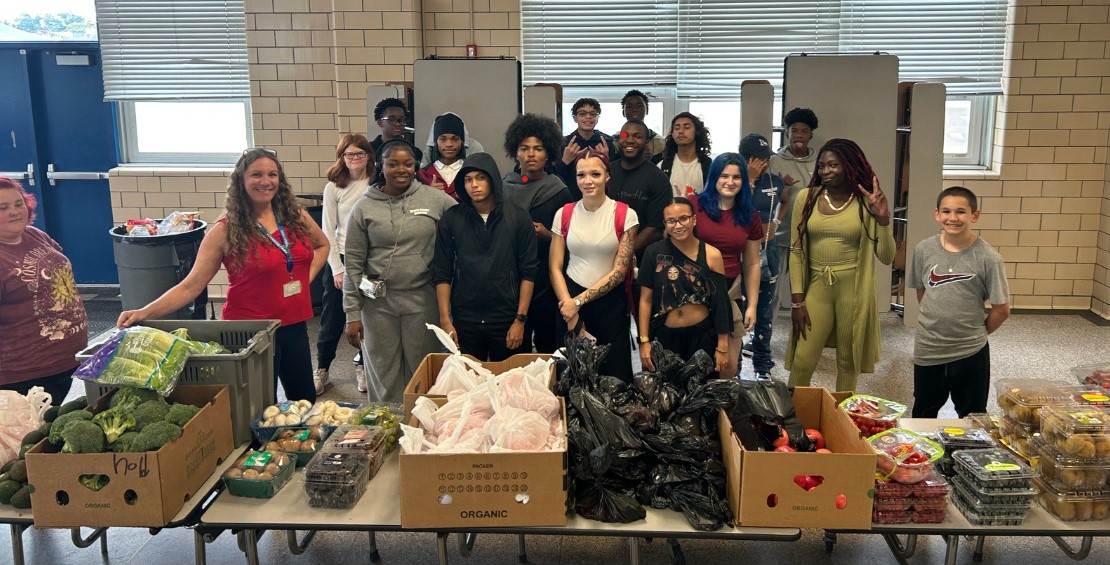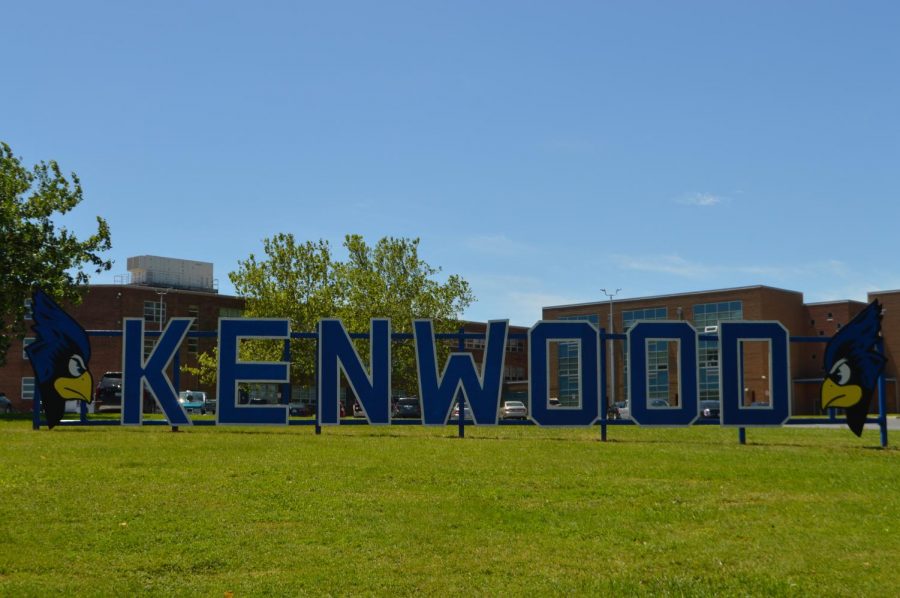This week, January 22-26, is News Literacy Week. With easy access and sharing of information today with the world wide web, the spreading of misinformation and fake news has become a global issue. In response, in 2020 the News Literacy Project was launched as a partnership between journalism and schools to bring awareness to help readers and viewers of media to learn how to tell fake news apart from real news, how to check for information for its authentication, and identify different types of information.
In today’s digital age, social media has become an important part of our lives, transforming the way we consume and share information. While social media platforms offer plenty of benefits, they also present challenges when it comes to news literacy.
Social media platforms have revolutionized the way news is consumed. With just a few taps on our phones, we can access a thousands of news articles, videos, and opinions from around the world. Social media has given individuals the power to become content creators and share their perspectives, leading to the spread of bias information. Social media has become a breeding ground for misinformation, rumors, and fake news. The viral nature of social media can amplify false information, leading to the spread of inaccurate stories.
The role of social media in shaping the news landscape adds a layer of complexity to news literacy. A report by the Pew Research Center highlights significant public concerns regarding the influence of social media platforms on the news. Over 62% of respondents believed that social media companies wield too much control over the news they encounter online. Furthermore, 55% of participants indicated that this influence results in a less balanced mix of news for users. “The report underscores unease with algorithmic curation on these platforms as users grapple with understanding why specific posts appear in their news feeds,” the report states.
As social media increasingly becomes a primary news source for Americans, news literacy becomes imperative in navigating the complexities of today’s media environment. Recognizing biases, understanding where they come from, and engaging in constructive conversations empower individuals to navigate the evolving media landscape with discernment and objectivity. In an era where information is abundant yet nuanced, news literacy is a compass guiding individuals toward a more informed and critically aware society.
The use of social media to share information poses a significant challenge to news literacy, as users must discern between reliable sources and misleading content. Algorithms tailor our social media feeds based on our preferences and past interactions, showing us content that aligns with our existing beliefs. This can limit our exposure to diverse perspectives and reinforce biases. This also messes with our ability to critically evaluate information. Social media has undoubtedly transformed the way we access and engage with news for both good and bad.
This is why it has become so important to understand bias and the type of information you are consuming- is it meant to inform you or persuade you? Be sure to check out our next article on understanding how bias factors in to the news you consume.






